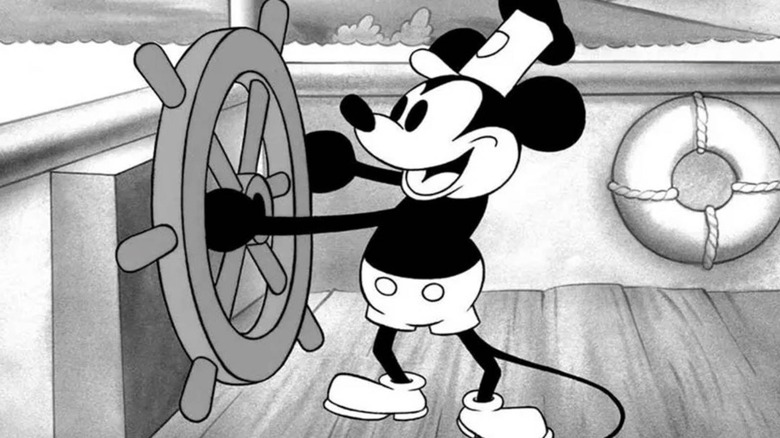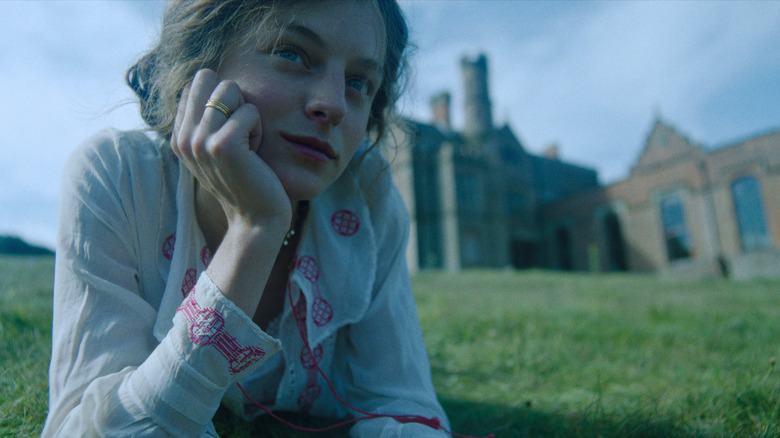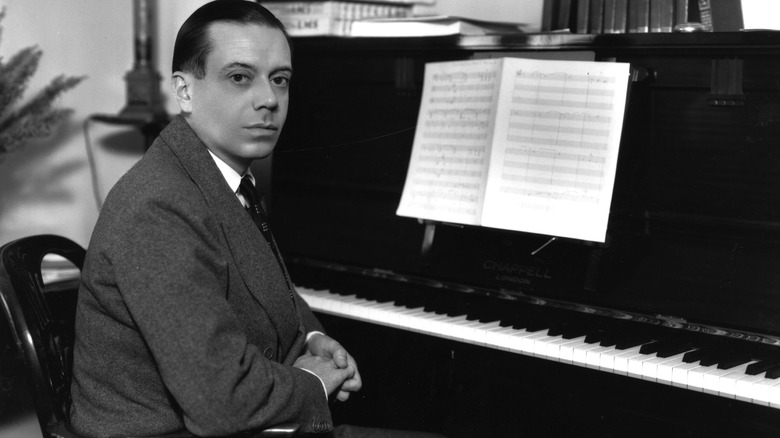The Biggest Characters And Works Entering The Public Domain With Steamboat Willie
"Steamboat Willie," which featured an early version of Mickey Mouse, entered the public domain on January 1. Creatives didn't waste any time utilizing Mickey's newfound status, as a Mickey Mouse horror movie trailer dropped on the same day. However, a wide range of works entered the public domain that day outside of "Steamboat Willie," meaning numerous other movies, books, and songs are now available for the public to use without having to pay for the rights.
Most notably, J.M. Barrie's "Peter Pan; or the Boy Who Wouldn't Grow Up" was published for copyright in 1928 and entered the public domain the same day as "Steamboat Willie." That means one could theoretically make a Peter Pan horror movie, too, as long as it's an iteration of the character from the play and not other adaptations. Additionally, A.A. Milne's "The House at Pooh Corner" within the Winnie the Pooh series also entered the public domain. This work is noteworthy for containing the introduction of Tigger, meaning he could appear in "Winnie the Pooh: Blood and Honey 2."
Of course, there's so much more to the public domain than putting children's characters into horror films. It means creatives can include them in their own projects or revise them to their liking without needing permission. This includes notable movies starring the likes of Buster Keaton and Charlie Chaplin, with a few examples being "Speedy," "The Passion of Joan of Arc," "The Cameraman," "In Old Arizona," and "Lights of New York."
So if you're filming a movie and need a character watching something on TV, you have a few more options if you don't want to pay for any rights.
Literature from D.H. Lawrence and Virginia Woolf entered the public domain
In addition to movies, many books have entered the public domain beyond "The House at Pooh Corner." One such example is "Lady Chatterley's Lover" by D.H. Lawrence, which tells a scandalous tale of an upper-class woman beginning an affair with a lower-class man after her husband sustains an injury. The book was even banned in the United States after publication due to obscenity, but it's remained in the cultural zeitgeist, even receiving a Netflix adaptation in 2022 starring Emma Corrin, best known for playing Princess Diana on "The Crown."
Other books that now fall in the public domain include "All Quiet on the Western Front" by Erich Maria Remarque, "Dark Princess" by W.E.B. Du Bois, and "Orlando" by Virginia Woolf." That last work is of particular note, as it tells the story of a nobleman spanning several centuries who one day awakens to discover he is now a woman and must learn to navigate the world with new gender roles and expectations. As society at large starts unraveling what gender truly means in the modern day, "Orlando" feels more essential than ever before. Now that it's in the public domain, the book is easier for people to read it and, hopefully, get something valuable from it.
The public domain now has many more jazz and blues songs
A great deal of music has also entered the public domain, meaning it's now free for anyone to use in their own works. The Duke Center for the Study of the Public Domain published a list of significant tracks that are now on the list. These include Billy Jones' "Yes! We Have No Bananas," Ida Cox's "Lawdy, Lawdy Blues," and James P. Johnson's "Charleston."
Additionally, several musical compositions are now free to use. But it's important to note that, in some cases, only the composition falls within the public domain, while the actual recordings may still be subject to copyright. This includes the "Animal Crackers" musical from the Marx Brothers, as well as "Let's Do It (Let's Fall in Love)" by Cole Porter.
The public domain serves a vital public importance; it allows older works to remain in the cultural consciousness by becoming more readily accessible and it promotes the creation of new art that can build off what's come before. "Steamboat Willie" may be getting all of the attention for 2024, but there are numerous other pieces of art now in the public domain that people should dive into to see what all is out there.


